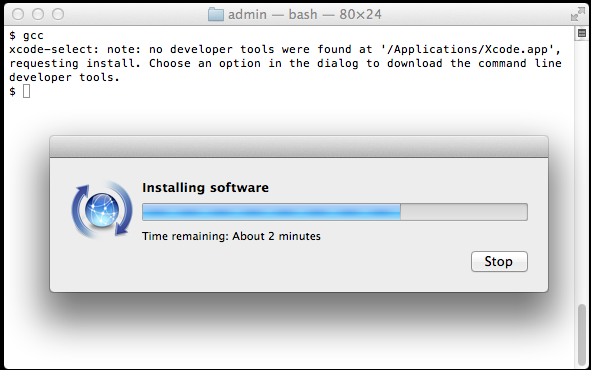


Virtual environments are a big part of managing Python installations and applications. You can now setup a Virtual Python Environment using the current version of Python in your project directory. To make sure everything is working as expected, start a new terminal window and issue these commands to see if Pyenv is controlling the version of Python: python (then ctrl-d to exit python) This will set 3.9.0 as your global primary Python or you can set it to your preferred Python version. Or whichever Python version tickles your fancy and you should now be able to set this as your default Python: pyenv global 3.9.0 Now you can issue the command: pyenv install 3.9.0 It should have been installed already in step 1 but just in case you missed that abd f you haven’t done so, install Xcode Command Line Tools xcode-select -installīrew install openssl readline sqlite3 xz zlibįor more information for other Linux Distributions check out Suggested build environment on the PyEnv github wiki. The following instructions are recommendations for a sane build environment.
MAC INSTALL JUPYTER NOTEBOOK DOWNLOAD
Pyenv will try its best to download and compile the wanted Python version, but sometimes compilation fails because of unmet system dependencies, or compilation succeeds but the new Python version exhibits weird failures at runtime. This will enable shims and autocompletion.

If you don’t use Zsh as your shell yet, read Step 3 of the Basic Github Checkout, I use Zsh as my shell so I just used: echo -e 'if command -v pyenv 1>/dev/null 2>&1 then\n eval "$(pyenv init -)"\nfi' > ~/.zshrcĮcho -e 'if command -v pyenv 1>/dev/null 2>&1 then\n eval "$(pyenv virtualenv-init -)"\nfi' > ~/.zshrc To install it just use brew like this: brew install pyenv pyenv-virtualenvĪnd add pyenv init to your shell. Even if you already have Python installed on your system, it is worth having Pyenv installed so that you can easily try out new version features or contribute to a project that uses a different version of Python. PyEnv and VirtualEnv are a great tool for managing different versions of Python on your Mac. Homebrew is the missing package manager for MacOS and other Linux distributions. What does Homebrew do you ask? Well it installs the stuff you need that Apple and other linux distributions did not! For example if you want to quickly install “wget” you just do this: brew install wget But the quick and simple is: /bin/bash -c "$(curl -fsSL )" More details on Homebrew can be found here. If you do not hav Homebrew installed on your Mac, do that first. Here are 4 easy steps to getting this all setup! 1. Apart from that, by removing the barriers for data scientists, Jupyter made documentation, data visualisations, and caching a lot easier, especially for hardcore non-technical folks. Jupyter ships with the IPython kernel, which allows you to write your programs in Python, but there are currently over 100 other kernels that you can also use.Īlthough Jupyter has been developed for data science applications, which are written in languages like Python, R and Julia, the platform is now used in all kinds of ways for projects. The name, Jupyter, comes from the core supported programming languages that it supports: Julia, Python, and R. Jupyter Notebooks are a spin-off project from the IPython project, which used to have an IPython Notebook project itself. Jupyter Notebook is maintained by the people from Project Jupyter Getting Started with Jupyter Notebooks on OSX with Homebrew, Python and Virtual Environments Why Jupyter?Ī Jupyter Notebook is an open source web application that you can use to create and share documents that contain live code, equations, visualizations, and text.


 0 kommentar(er)
0 kommentar(er)
